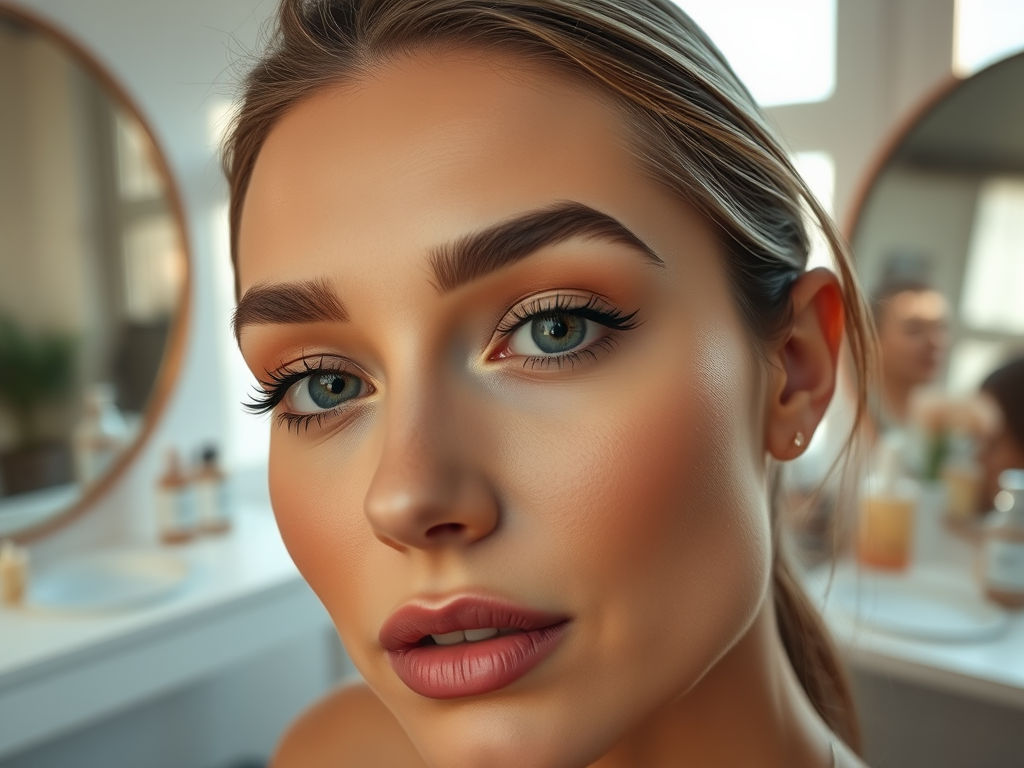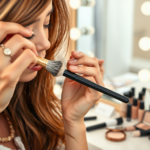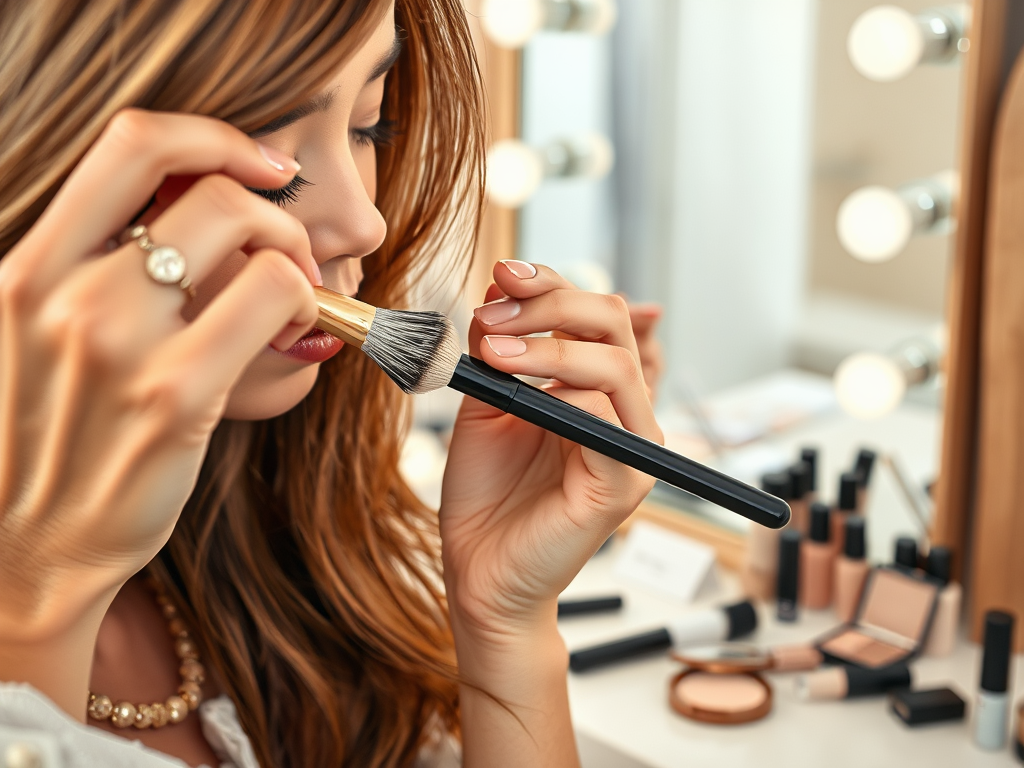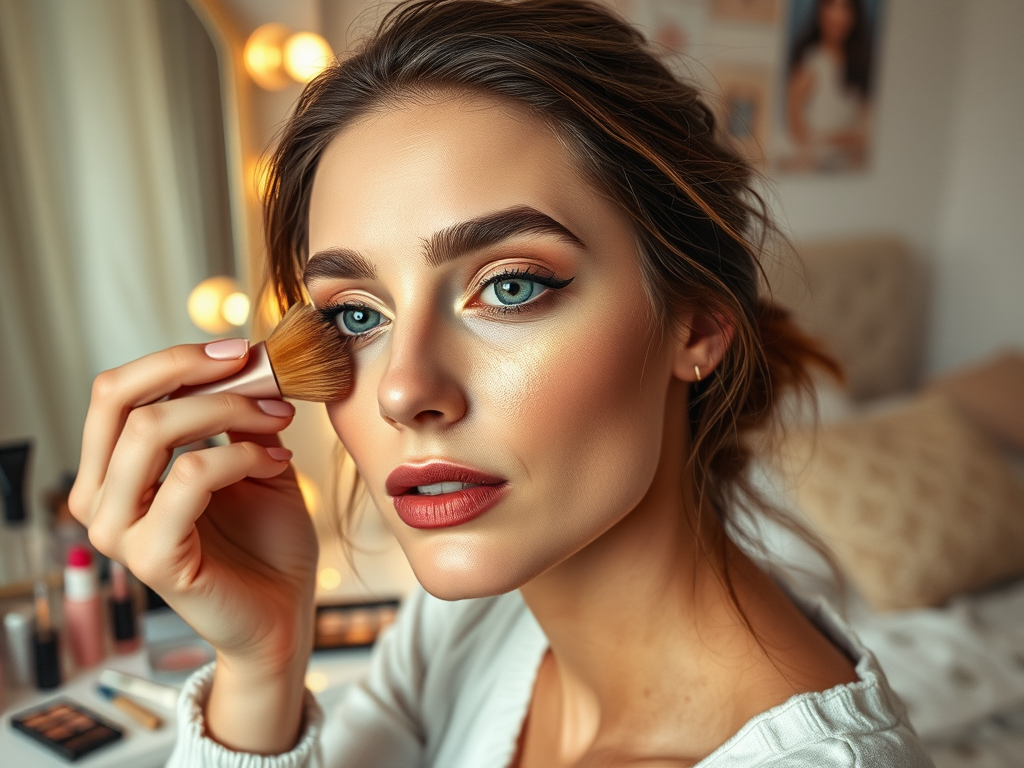Entering the world of makeup is akin to stepping into a realm of creativity and self-expression. However, as exciting as it may be, beginners often fall victim to a series of common mistakes that hinder their ability to achieve the flawless looks they desire. When you’re just starting, it’s crucial to understand these pitfalls so that you can enhance your makeup skills and boost your confidence. By identifying these errors early on, you can refine your techniques and make informed choices about the products you use. This guide is your key to navigating those early days of makeup application while ensuring that you avoid the most prevalent issues. Let’s delve into the common mistakes many beginners face and learn how to overcome them.
Not Understanding Your Skin Type

One of the fundamental mistakes that many beginners make is not understanding their skin type. Makeup products vary significantly depending on whether your skin is oily, dry, or a combination of both. Ignoring this vital aspect can lead to products that exacerbate skin issues rather than enhance your natural beauty. The right makeup can complement your skin, working in harmony with your natural texture and tone. Therefore, it’s imperative to assess your skin type accurately to ensure that you select the right products that will yield the best results.
| Skin Type | Recommended Products |
|---|---|
| Oily Skin | Oil-free, matte foundations and powder-based products |
| Dry Skin | Hydrating foundations, cream blushes, and moisturizing primers |
| Combination Skin | Balancing foundations and products for both hydration and oil control |
Skipping Skincare
It’s a common misconception that makeup alone provides a flawless look. In reality, neglecting your skincare routine before applying makeup can create uneven, patchy results. Proper skincare establishes a smooth base, ensuring that your makeup glides on effortlessly and stays put throughout the day. This should include cleansing to clear away impurities and excess oil, moisturizing to hydrate your skin, and applying sunscreen to protect against UV damage. Investing time in these essential pre-makeup steps will pay off significantly in the long run.
- Cleansing: This step removes dirt and excess oils from your skin.
- Moisturizing: Hydrates the skin, leading to a better makeup application.
- Sunscreen: Protects against harmful UV rays and prevents skin damage.
Overusing Foundation
Another frequent error made by beginners involves the over-application of foundation, leading to an overly cakey appearance. When it comes to foundation, less is often more. By starting with a small amount and layering if needed, you can achieve a more natural and breathable finish. This technique not only enhances your features but also allows your skin to shine through rather than being masked by thick layers of product. In essence, the goal is to create an even skin tone without completely masking your natural beauty and texture.
- Start with a small amount and build coverage gradually.
- Use a makeup sponge or brush for even application.
- Blend down the neck to avoid a harsh line.
Ignoring Eyebrow Definition
Well-defined eyebrows can dramatically enhance your overall makeup look, yet many beginners tend to overlook them. Your brows frame your face, and when they are not properly filled or shaped, you can inadvertently draw attention away from your features. Thankfully, defining your eyebrows doesn’t require a professional touch—a few simple techniques can help you achieve beautifully defined brows at home. Incorporating this step into your routine adds sophistication and polish to your makeup application.
- Choose a shade: Pick a shade that closely matches your natural hair color.
- Fill in sparse areas: Use a brow pencil or powder for a natural finish.
- Set with brow gel: This ensures that your brows stay in place throughout the day.
Neglecting Blending Techniques
One of the most significant issues beginners face is leaving harsh lines during application. Whether applying eyeshadow or foundation, blending is crucial for achieving a seamless look. The proper application can make a dramatic difference in the final outcome of your makeup. Investing time to blend effectively ensures that the products do not sit on top of the skin but instead become a part of it. Remember, the key to a polished makeup look is in the blend.
- Utilize brushes and sponges for both eyeshadow and foundation.
- Practice circular motions to diffuse products evenly.
- Focus on problem areas like the jawline and forehead to maintain a natural finish.
Using the Wrong Tools
Not all brushes and applicators serve the same purpose, and using the incorrect tools can significantly impact your makeup application abilities. Many beginners may underestimate the importance of having the right tools at their disposal. Each type of brush or sponge serves a specific function, ensuring precise placement and blending of makeup products. Understanding which tools to use for various tasks can elevate your makeup game dramatically, leading to more professional-looking results.
- Foundation brush or sponge
- Blending brush for eyeshadow
- Angled brush for eyeliner and brows
Conclusion
Avoiding these common makeup mistakes is essential for transitioning from a beginner to a more confident makeup user. Armed with the knowledge of skin types, the significance of skincare, appropriate application techniques, and using the right tools, you can significantly enhance your makeup skills. As with any art form, practice will lead to improvement, and soon enough, you’ll navigate your makeup routine like a seasoned pro. Embrace the journey while you learn, and remember that makeup should reflect your individuality and creativity. With time and dedication, your confidence will grow alongside your skills, allowing you to unveil the beauty that lies within.
Frequently Asked Questions
- What foundation should beginners use? Beginners should look for lightweight foundations, such as BB creams or tinted moisturizers, for a natural finish.
- How do I choose the right makeup shades for my skin tone? Test shades in natural light, and consider your undertones: cool, warm, or neutral.
- How often should I clean my makeup brushes? Clean your brushes at least once a week to prevent bacteria buildup and ensure even application.
- Is it necessary to use primer? While not mandatory, primer can enhance the longevity of your makeup and improve the texture of your skin.
- Can I mix different brands of makeup? Yes, mixing brands can work well if products complement each other—for instance, a certain foundation might pair perfectly with a different concealer.




